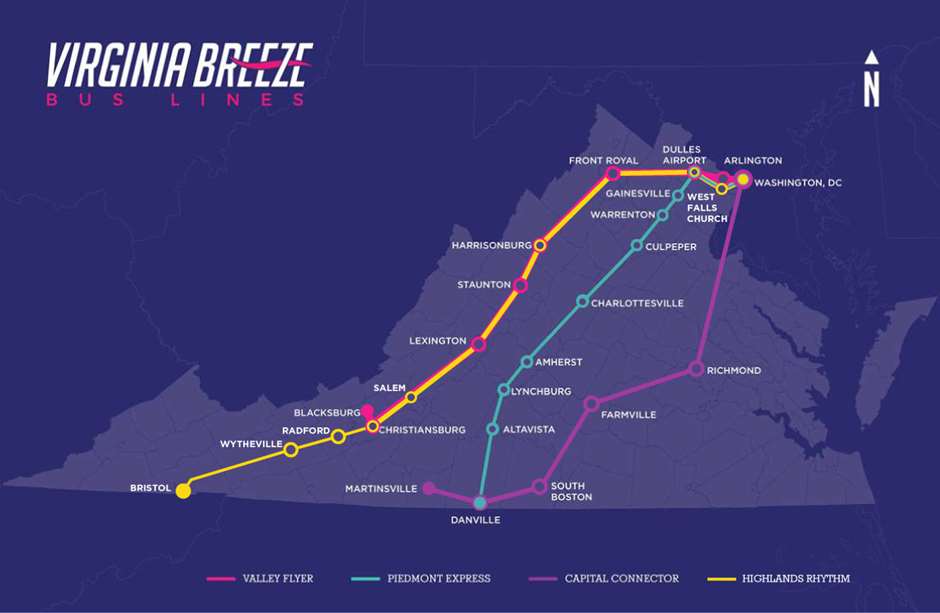Koopzilla24
Active Member
- Joined
- Dec 20, 2022
- Messages
- 417
- Reaction score
- 1,232
Massachusetts is a state about the same size as New Jersey, but while NJ has a unified statewide public transportation network, MA is a patchwork of underfunded RTAs. Between these RTAs there are few connections, and service in most is abysmal. If there was a more unified statewide system to fill in the gaps between the RTAs it could drive up ridership and bring increased mobility to everyone in the state.
The state route network already connects town and city centers in a web of intertwining roadways. Using this as a framework, buses can be run in segments along these routes stopping at town centers, key points of interest, or transit hubs, and be numbered according the the route they run along. Obviously not every route would be served in its entirety as many segments are already covered by RTA services. Segmenting these routes properly could allow for decent headways being run with minimal buses.
In a state this small where driving all the way across it is a day trip, there really should be better public connectivity between small to medium population centers.
The state route network already connects town and city centers in a web of intertwining roadways. Using this as a framework, buses can be run in segments along these routes stopping at town centers, key points of interest, or transit hubs, and be numbered according the the route they run along. Obviously not every route would be served in its entirety as many segments are already covered by RTA services. Segmenting these routes properly could allow for decent headways being run with minimal buses.
In a state this small where driving all the way across it is a day trip, there really should be better public connectivity between small to medium population centers.

